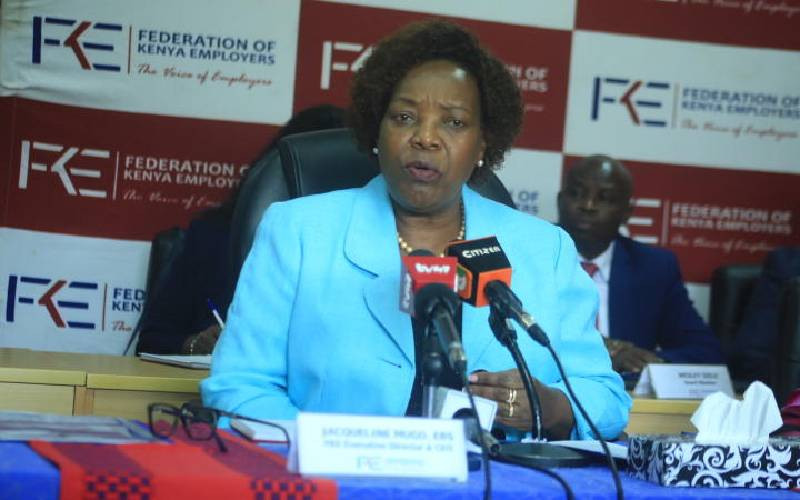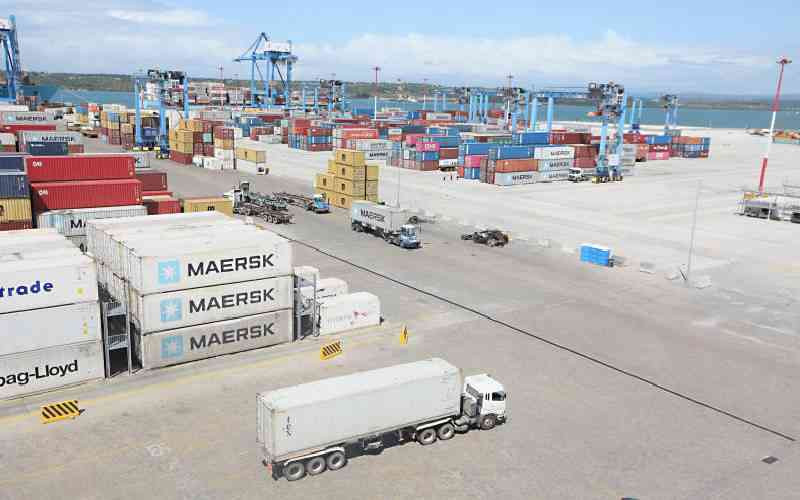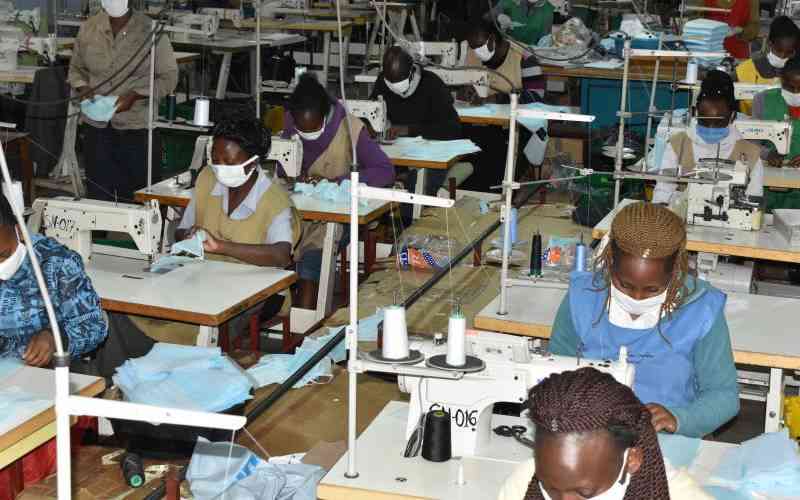Kenya Federation of Employers (FKE) CEO Jacqueline Mugo addressing the press in Nairobi on January 24th 2025. [Collins Oduor ,Standard]
×
The Standard e-Paper
Truth Without Fear

Converting existing provident funds into pensions is one of the ways employers are cushioning themselves against the enhanced contributions to the National Social Security Fund (NSSF), which are set to double this month.
While these contributions, courtesy of the contentious NSSF Act, 2013, are said to have propelled pension assets beyond the Sh2 trillion mark, they have stretched employers who have to match the enhanced contributions of their employees.







